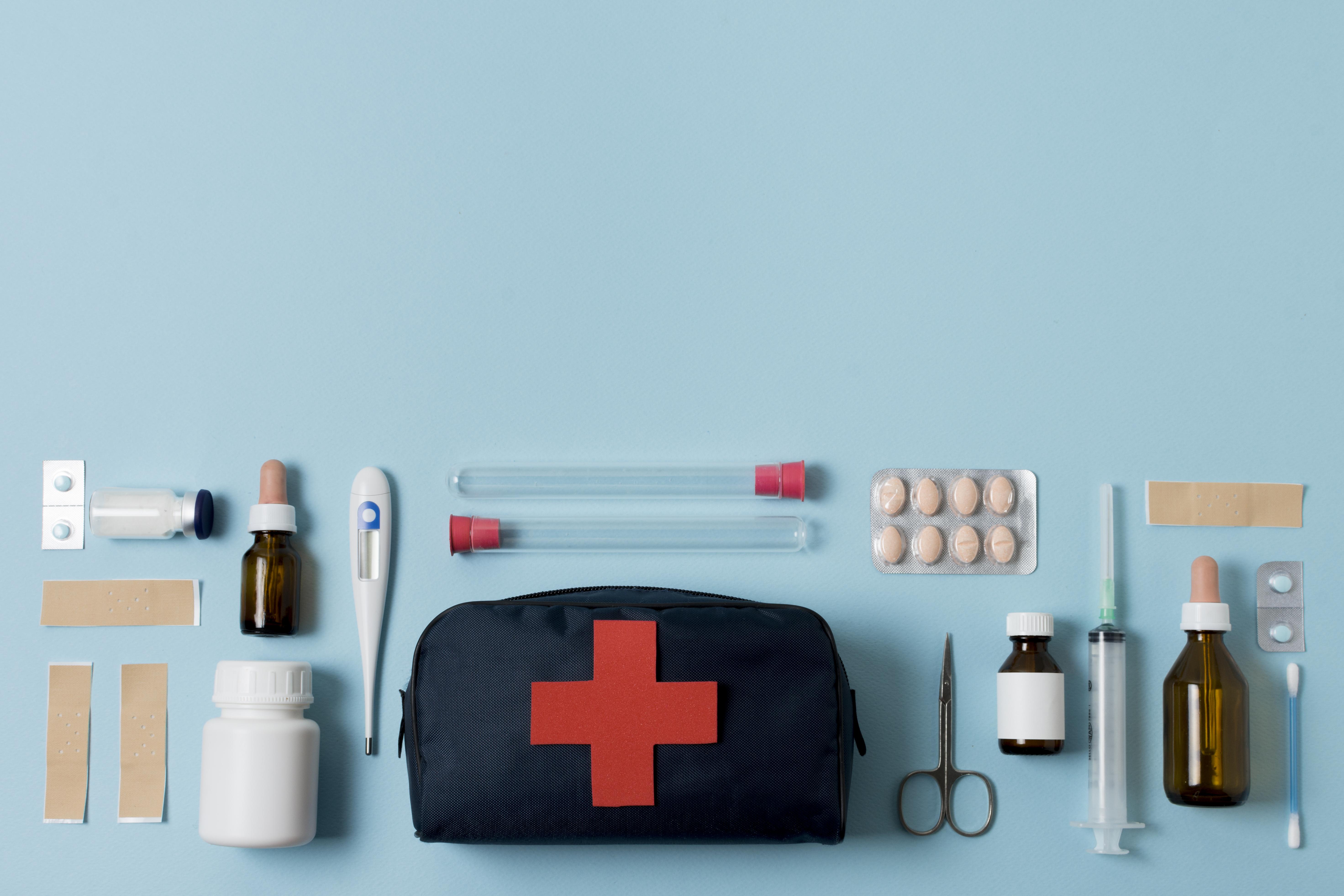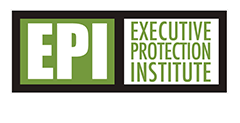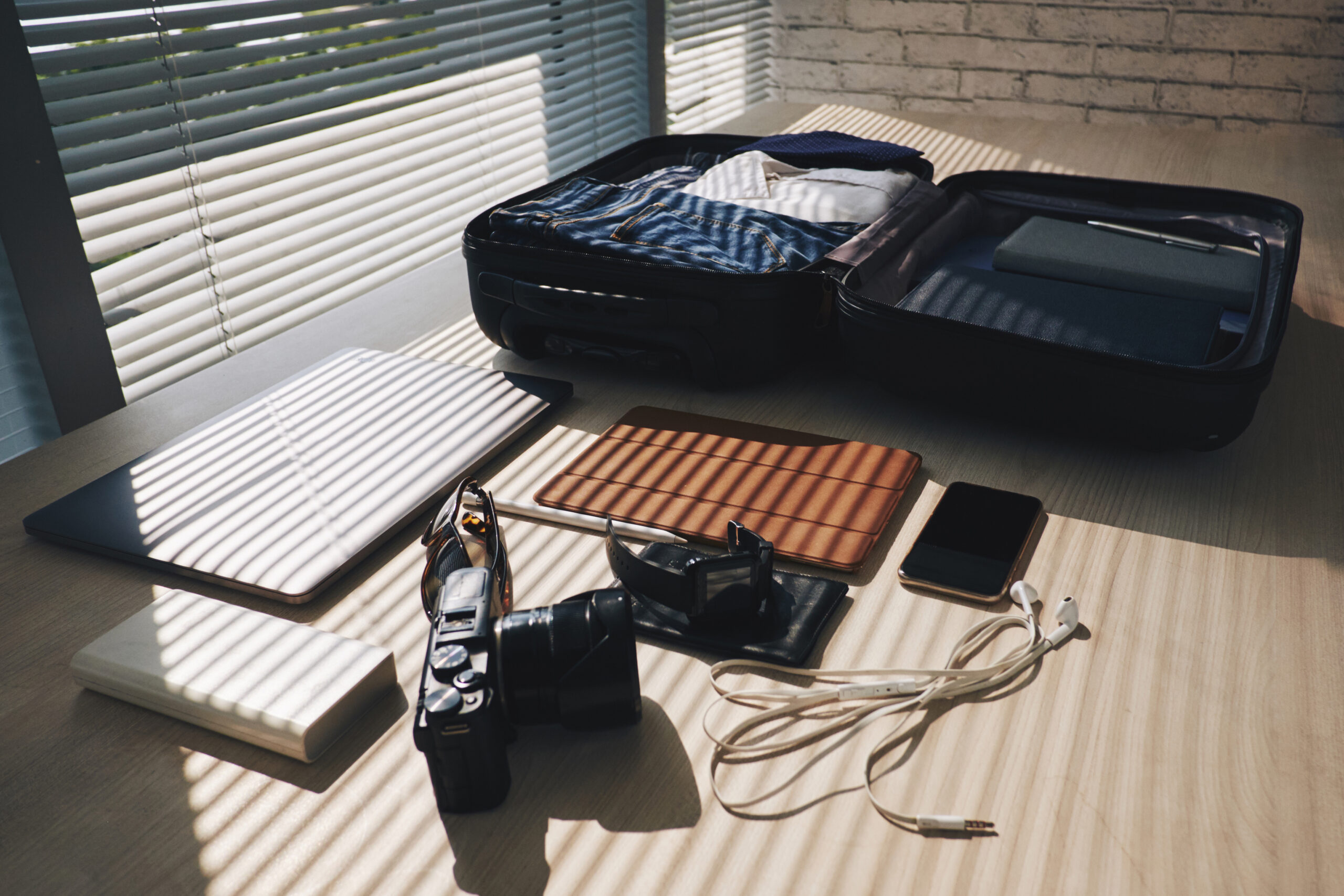Figuring out what kind of executive protection gear you need to bring with you on assignment is tough. After all, every assignment is different and might require you to pack, carry, or wear something different.
But what are the staples every good executive protection agent always carries with them? Which pieces of kit will help you not only get ready but stay ready? Keep reading while we break down the most important executive protection gear and how carrying it can change your life.
Basic Executive Protection Gear
As the times change, so do the assignments, and the gear list for executive protection seems to be getting longer. With all the vital equipment you need to bring and the long list of “useful” gadgets others have told you about, you’d need to pack a dozen suitcases just for a few days.
If you’re looking to streamline the way you pack and what you bring, here are the pieces of executive protection gear you should know and never be without.
Flashlights
Almost all executive protection pros will tell you that a bright light is the enemy of an assailant, which is why you should always pack a high-lumen torch with you. No matter your assignment, but especially if you’re working at events or venues at night, chances are you’re going to need a flashlight.
In addition to helping you shine a light, heavy-duty, high-lumen torches are often bulky. While that might not always be a plus, a sturdy, high-quality flashlight can also serve as a makeshift weapon that you can use to temporarily disable the attacker.
In addition to the standard flashlight, you can get a multi-tool flashlight nowadays and a flashlight holder. That combination allows you to easily carry multiple items, including keys, pens, and more.
Medical Equipment
Medical skills should be the essential component of every EP professional’s skill set as they have the power to save lives. Every agent should not only have CPR certification but keep on top of their basic medical skills to ensure the safety of their clients and those around them.
That is why a key component of any executive protection gear is a medical kit or an Individual First Aid Kit (IFAK). The compact kit should hold a variety of items, including pressure dressings, tourniquets, chest seals, gloves, shears, and more.
Depending on your personal skill set and your assignments, you can customize what you want to carry in your IFAK or get a pre-packaged one. Luckily, there are many kits available online, but for EPAs, the most popular are the tactical trauma kits.
Pro Tip: Pack some over-the-counter medications into your IFAK. That way, if your client or someone on your team has a headache, a cut, or a blister, you can help them out.

Weapons
Careful consideration of primary and secondary weapons improves the agent’s overall readiness and ability to respond to threats. Both selections are incredibly strategic and should play into the operative’s skill set and forte.
Another thing that will determine which primary and secondary weapon you choose is the type of protection assignment and the risk of potential threats. Common choices for the primary weapon include handguns and rifles, while secondary choices include smaller, concealable weapons, like knives.
Electronics
When it comes to your electronics, you always want to be prepared but not have too many things that could be distracting. For example, instead of having to take out your phone to check every message or alarm, consider wearing a smartwatch.
Nowadays, there are many incredible smartwatches that can make and take calls, pay for things, have GPS, and much more. Remember to choose one that is durable, has good reviews, and has a solid battery life.
Speaking of battery life, another pro tip is carrying a portable power bank with you. Having a portable power bank can help you never run out of juice on your devices and can be a true lifesaver.
If you’re on driving detail or know you’ll be in and out of vehicles on your assignment, consider getting a car jump starter. If something happens to the vehicle’s battery, you can start it without having to rely on another vehicle.
Attire
One of the most important things about any assignment is blending in. Your job is to protect someone and you can’t truly do that if you’re sticking out like a sore thumb.
Keep in mind that your attire is as much part of your gear as anything else and shouldn’t be overlooked. Also, make sure that everything you’re wearing or carrying is practical while serving the purpose of protecting you and your client.
But before suiting up and looking like you’re in a Hollywood movie, consider who your client is, what your task is, the locations you’ll be visiting, and more. Here are some other helpful tips to know when considering attire in your executive protection gear.
Covert
Low-profile operations require your gear to be kept out of sight as much as possible while having your kit accessible. When considering your attire, choose something that allows you to work unobstructed in a crowd while seemingly blending in.
Formal
If your assignment involves attending an event, being low-key and wearing a polo shirt, for example, might make you stick out. Make sure you’re dressing for the occasion without giving away the executive protection gear that’s concealed underneath.
Miscellaneous
In addition to your attire, electronics, and weapons, there might be other things to consider including in your executive protection gear. Now, it’s different for every protector and every assignment, which means there’s no one-size-fits-all answer.
That said, two things to consider are having a multi-tool, which includes scissors, screwdrivers, and pliers. You can also carry a hotel door lock with you to help you secure a hotel room or block an entrance to a venue.
Final Thoughts on Executive Protection Gear
What you bring with you for each assignment will most likely vary from case to case. However, if you’re just starting out in the industry and are unsure what to bring or how to look, consult our executive protection gear guide. It should help you on assignments until you figure out what works best for you.


